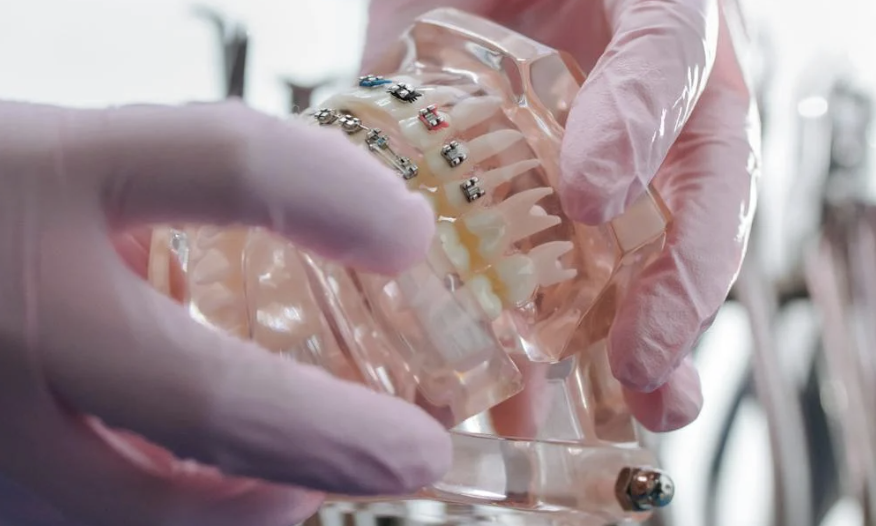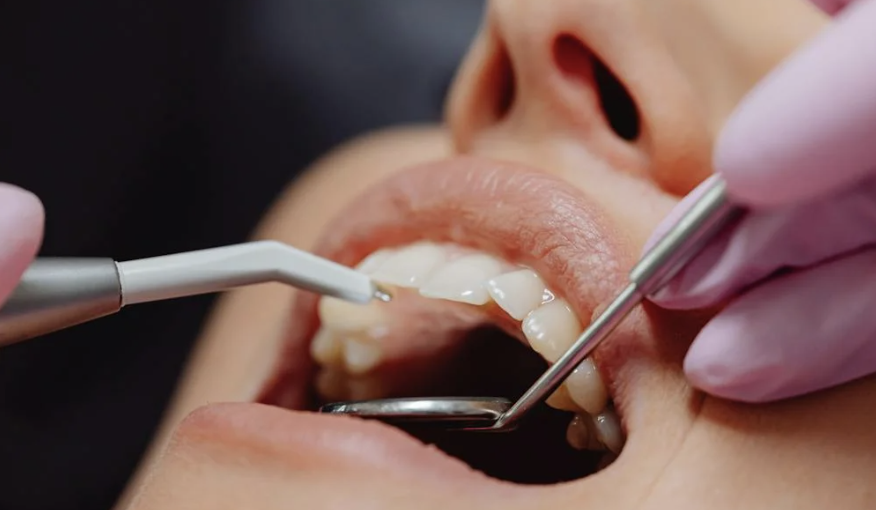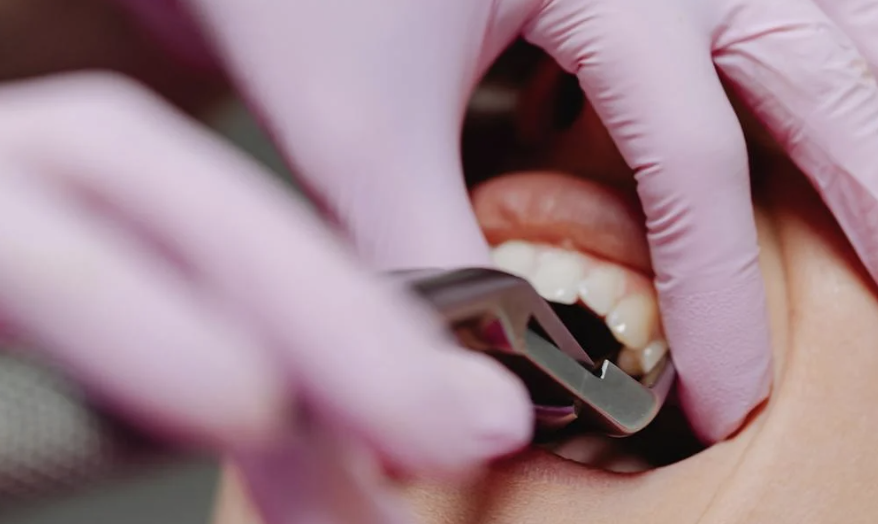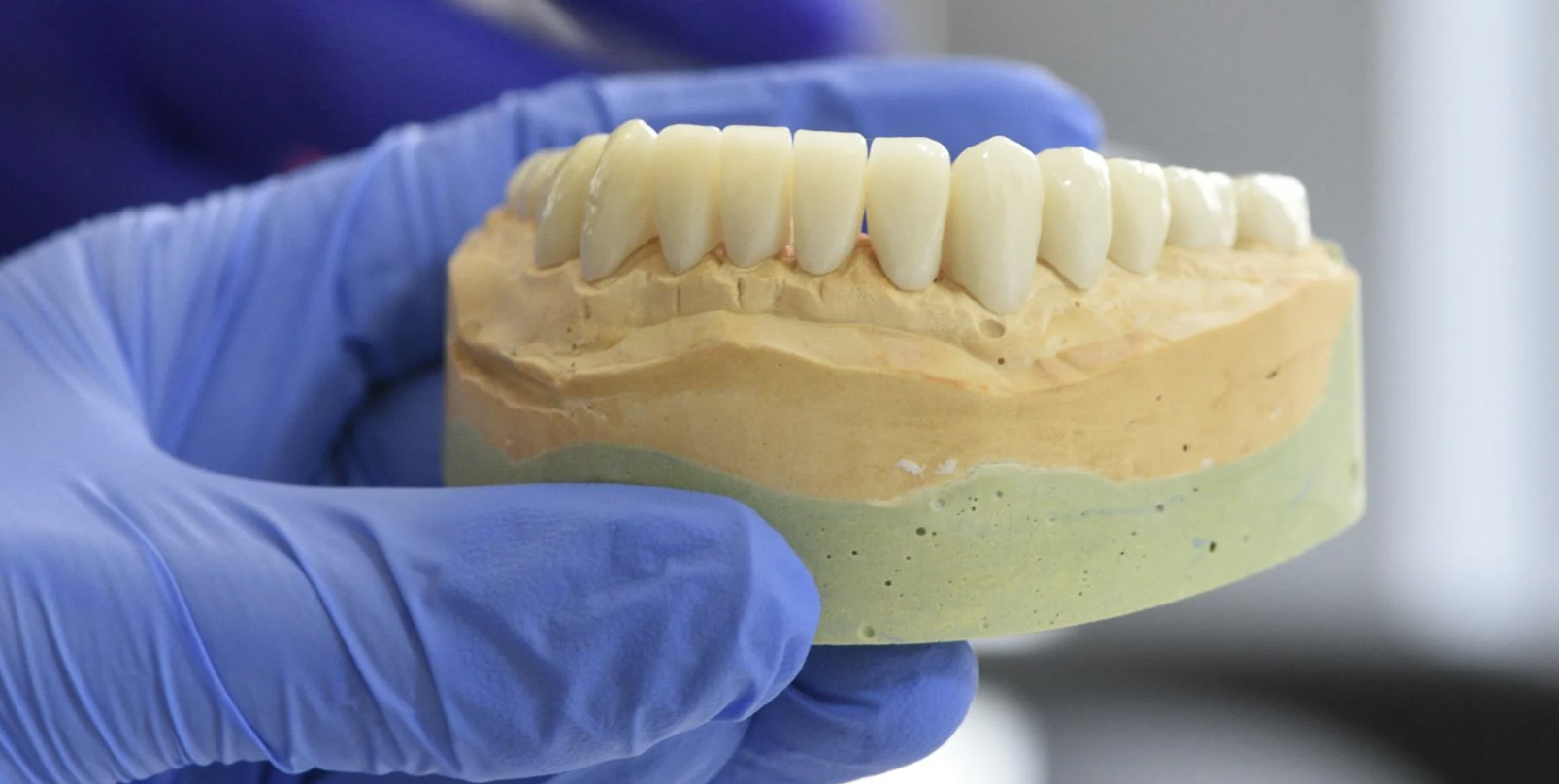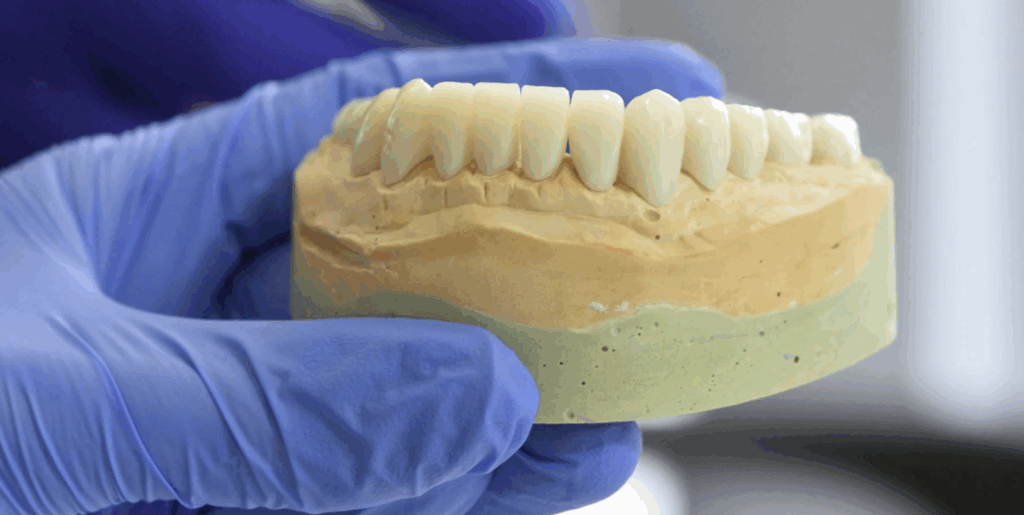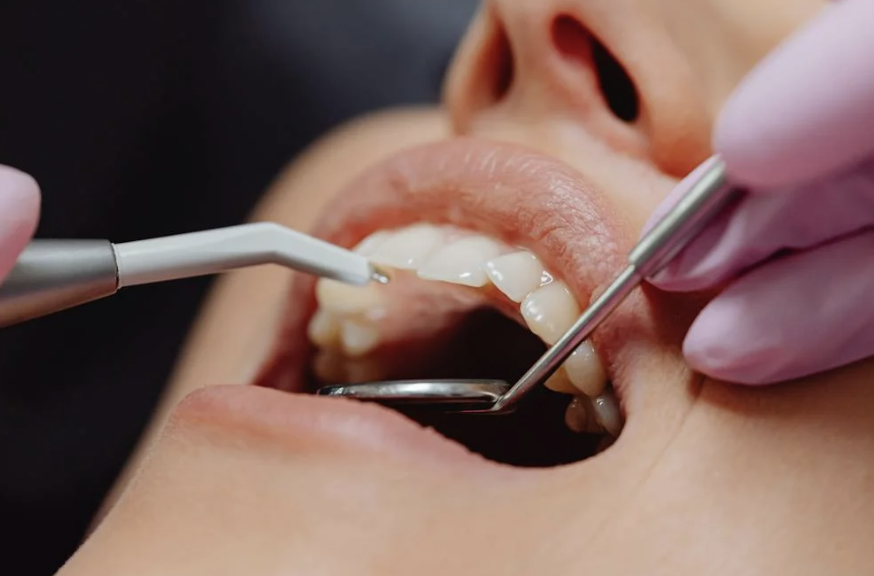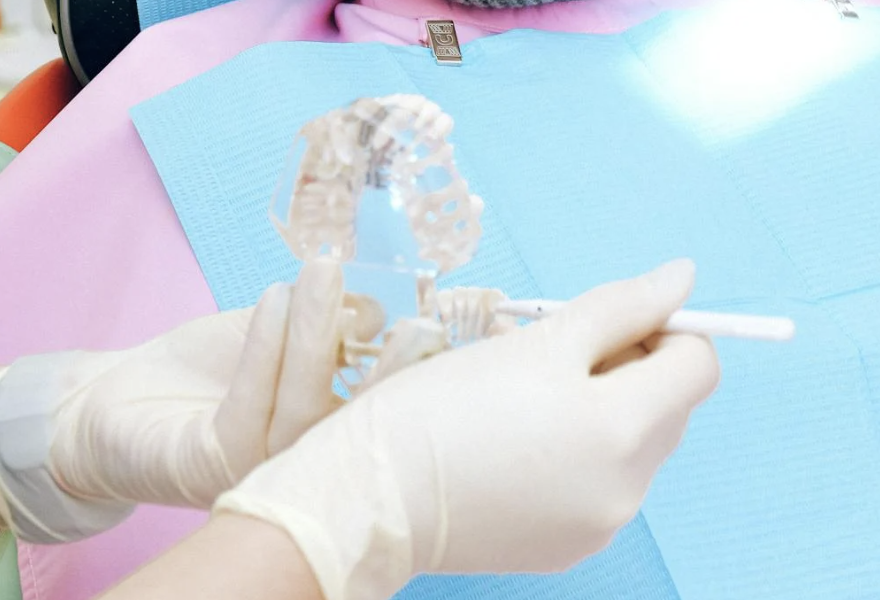
Are you dreaming of a straighter, more beautiful smile? At Jain’s Dental Villa, we understand that achieving the perfect smile is a journey that can significantly impact your confidence and overall well-being. Our clinic specializes in providing top-notch orthodontic treatments, including braces and aligners in Ashok Vihar, designed to suit your individual needs and lifestyle.
Braces vs Aligners: What’s the Difference?
Types of braces Services in Ashok vihar

The most conventional and dependable kind of braces available are metallic ones. When compared to modern orthodontic braces, they are reasonably priced and quickly fix crooked teeth. Numerous orthodontic issues—both simple and complex—can be resolved using metal braces. These include crooked teeth, gapped teeth, crowded teeth, and abnormal bites. While adults may prefer ceramic or clear braces for aesthetic reasons during treatment, children and teenagers commonly choose metal braces for their durability and affordability.
Read more about orthodontic solutions from the Indian Dental Association
As part of our braces services in Ashok Vihar, clear ceramic braces offer a discreet solution with tooth-colored brackets that blend with your natural teeth. Ideal for teenagers and adults who want effective results without compromising on aesthetics.
Our braces services in Ashok Vihar also include lingual braces — a hidden orthodontic option placed behind your teeth. These are perfect for working professionals or adults looking for an invisible treatment with powerful results
Invisalign: Invisalign uses a series of 20–30 transparent aligner trays that gradually shift your teeth into place. They are removable, nearly invisible, and perfect for mild to moderate misalignment. While they are more expensive and may take slightly longer, they offer unmatched convenience and aesthetics. Not suitable for complex orthodontic issues
Traditional Braces
Braces consist of metal or ceramic brackets attached to the teeth and connected by a wire. They apply consistent pressure to shift your teeth into the desired position over time
Metal Braces Services in Ashok Vihar (Starting at ₹25,000)
Looking for affordable and reliable braces treatment in Ashok Vihar? Jain’s Dental Villa offers high-quality metal braces tailored to your orthodontic needs. Metal braces remain the most conventional and dependable solution for correcting:
1.Crooked or misaligned teeth
2.Gapped teeth
3.Bite issues (overbite, underbite, crossbite)
These braces are especially popular among children and teens for their durability, effectiveness, and budget-friendly pricing.
Types of Metal Braces We Offer
1.Standard Metallic Braces – ₹35,000/-
Ideal for general orthodontic correction. Reliable and time-tested.
2.3M Metal Braces – ₹38,000/-
Branded 3M braces known for superior comfort and treatment precision.
3.Damon Self-Ligating Metal Braces – ₹58,000/-
Advanced self-ligating system that reduces friction and discomfort, often with shorter treatment duration.
Ceramic Braces Services in Ashok Vihar (Starting at ₹50,000)
Want a more aesthetic option for straightening your teeth? Our ceramic braces in Ashok Vihar are designed to blend seamlessly with your natural teeth. These tooth-colored brackets are perfect for patients who want an effective yet discreet orthodontic solution.
Ceramic braces offer the same corrective power as metal braces, with the added benefit of less visibility—ideal for working professionals, teens, and adults who are conscious of appearance.
Types of Ceramic Braces We Offer:
1.Standard Ceramic Braces – ₹50,000/-
Durable and aesthetically pleasing for mild to moderate corrections.
2.3M Ceramic Braces – ₹53,000/-
Branded 3M quality for better comfort, aesthetics, and treatment results.
3.Damon Self-Ligating Ceramic Braces – ₹75,000/-
Advanced, low-friction brackets that reduce treatment time and provide enhanced comfort without elastic ties.
Why Choose Ceramic Braces at Jain’s Dental Villa?
Tooth-colored brackets for a natural look
Trusted brands like 3M and Damon available
Expertise in cosmetic orthodontics
Comfortable, customized treatment plans
Clean and patient-friendly environment in Ashok Vihar
Indian Aligners in Ashok Vihar (₹1,00,000 – ₹1,50,000)
Looking for a modern, removable, and invisible alternative to traditional braces? Jain’s Dental Villa offers advanced Indian aligners in Ashok Vihar—a clear and comfortable solution for straightening teeth without brackets or wires.
Aligners are custom-made plastic trays designed to gradually move your teeth into the desired position. Perfect for working professionals, students, or anyone who prefers a discreet orthodontic option.
Price Range for Indian Aligners:
1.Standard Indian Aligners – ₹1,00,000/-
2.Premium Indian Aligners (Advanced Cases) – ₹1,50,000/-
Benefits of Choosing Indian Aligners at Jain’s Dental Villa:
Transparent, nearly invisible trays
Removable during meals and brushing
Digitally planned treatment using 3D scans
Fewer clinic visits and faster results for mild/moderate cases
Ideal for teens and adults seeking a clear aligner solution in Ashok Vihar
Invisalign Braces services in Ashok Vihar (₹1,50,000 – ₹2,40,000)
Looking for the most advanced clear aligner treatment available? Invisalign at Jain’s Dental Villa in Ashok Vihar offers a premium, comfortable, and virtually invisible way to straighten your teeth without wires or brackets.
Trusted by millions globally, Invisalign uses a series of custom-made, removable aligners backed by AI-powered precision and orthodontic expertise.
Invisalign Braces Pricing:
1.Basic Invisalign Package – ₹1,50,000/-
2.Comprehensive Invisalign (Complex Cases) – ₹2,40,000/-
Why Choose Invisalign at Jain’s Dental Villa?
1.Clear, custom-fit trays for a discreet look
2.Shorter treatment time for mild/moderate alignment issues
3.Advanced 3D scanning and treatment simulation
4.Removable aligners allow easier eating and oral care
5.Trusted Invisalign-certified professionals in Ashok Vihar
Meet Our Orthodontic Experts
At Jain’s Dental Villa, our team uses advanced treatments like Invisalign and clear braces to give you personalized care with the latest technology. Dr. Jain and his experienced team believe in open communication and top-quality service to make your orthodontic journey smooth and successful. We create custom treatment plans to give you the best possible results.
Advantages of Braces
Effective for Complex Cases:
Braces are often recommended for more complicated dental issues, including severe overcrowding or significant bite problems.
Durability:
With a fixed appliance, braces can provide effective treatment without the risk of losing them, which is especially beneficial for younger patients.
Customizable Options:
Many patients enjoy personalizing their braces with colored bands, allowing for a fun expression of personality.
Advantages of Aligners
Discreet Appearance:
The clear design of aligners allows you to straighten your teeth without drawing attention to your orthodontic treatment.
Comfort:
Made from smooth plastic, aligners tend to be more comfortable and cause less irritation to the gums and cheeks compared to traditional braces.
Flexibility:
Since aligners are removable, you can easily take them out for eating, brushing, and special occasions, which promotes better oral hygiene.
Maintenance of Braces
Cleaning and maintaining braces requires more work than with any other teeth-straightening device, making oral hygiene more difficult. Above all, because plaque and tartar are often trapped inside and around braces, brushing and flossing are essential for keeping healthy teeth. Remove any elastics or detachable components from the braces, then clean the area around the wires and pins, making sure that any debris and plaque have been cleared away.
Make contact with the gum line when brushing teeth beneath and above braces. After every meal, we advise brushing your teeth and putting your braces on. Food particles lodged beneath and between teeth can be eliminated by flossing once a day. After brushing, make sure to rinse well and check your teeth for any plaque or leftover particles.
Patients will receive instruction from us on how to brush and floss while wearing braces. Many brands of toothbrushes and floss are designed specifically to clean braces. Braces are tightened and cleaned using our specialized dental equipment during routine examinations. Treatment is significantly more efficient when it is clean and hygienic.
The Treatment Journey at Jain’s Dental Villa – Braces Services in Ashok Vihar
Initial Consultation
Begin your smile transformation by booking a consultation at Jain’s Dental Villa, a trusted name for braces services in Ashok Vihar. During this visit, our experienced orthodontists will assess your dental structure, address your concerns, and help you choose between metal braces, clear aligners, ceramic braces, or Invisalign—depending on your specific needs.
Personalized Treatment Plan
After evaluating your oral health, we design a customized orthodontic treatment.For those choosing braces in Ashok Vihar, our orthodontist will gently place the brackets and wires, explaining each step.For patients opting for clear aligners in Ashok Vihar, we’ll craft a set of tailor-made trays designed to shift your teeth with precision and comfort.
Monitoring Your Progress
At Jain’s Dental Villa, follow-up visits play a crucial role in treatment success.
For braces, we schedule timely adjustments to promote effective tooth movement.
For aligners, you’ll transition to new trays every 1–2 weeks. These visits allow us to monitor alignment and ensure you’re on track.
Our goal is to provide the best braces and aligners treatment in Ashok Vihar with complete transparency, care, and results you’ll love to smile about.
Final Results:
Upon completing your treatment, you’ll be amazed at the transformation of your smile. We will provide guidance on maintaining your results, including the use of retainers to keep your teeth in their new positions.
Why Choose Jain’s Dental Villa?
Expertise and Experience:
Our orthodontic team is highly trained and experienced in various orthodontic treatments, ensuring you receive the best care possible.
Advanced Technology:
We utilize the latest technology and techniques in orthodontics to enhance your treatment experience and improve results.
Comfort and Care:
We pride ourselves on creating a welcoming environment where you feel comfortable and cared for throughout your orthodontic journey.
Affordable Options:
We offer various financing plans to ensure that everyone can access high-quality orthodontic care.
Begin Your Journey to a Perfect Smile Today!
If you’re looking for braces and aligners in Ashok Vihar, look no further than Jain’s Dental Villa. Our commitment to patient care and satisfaction ensures you receive the highest quality orthodontic services tailored to your needs.
Don’t wait any longer to achieve the smile of your dreams. Schedule your consultation today and take the first step toward a confident new you

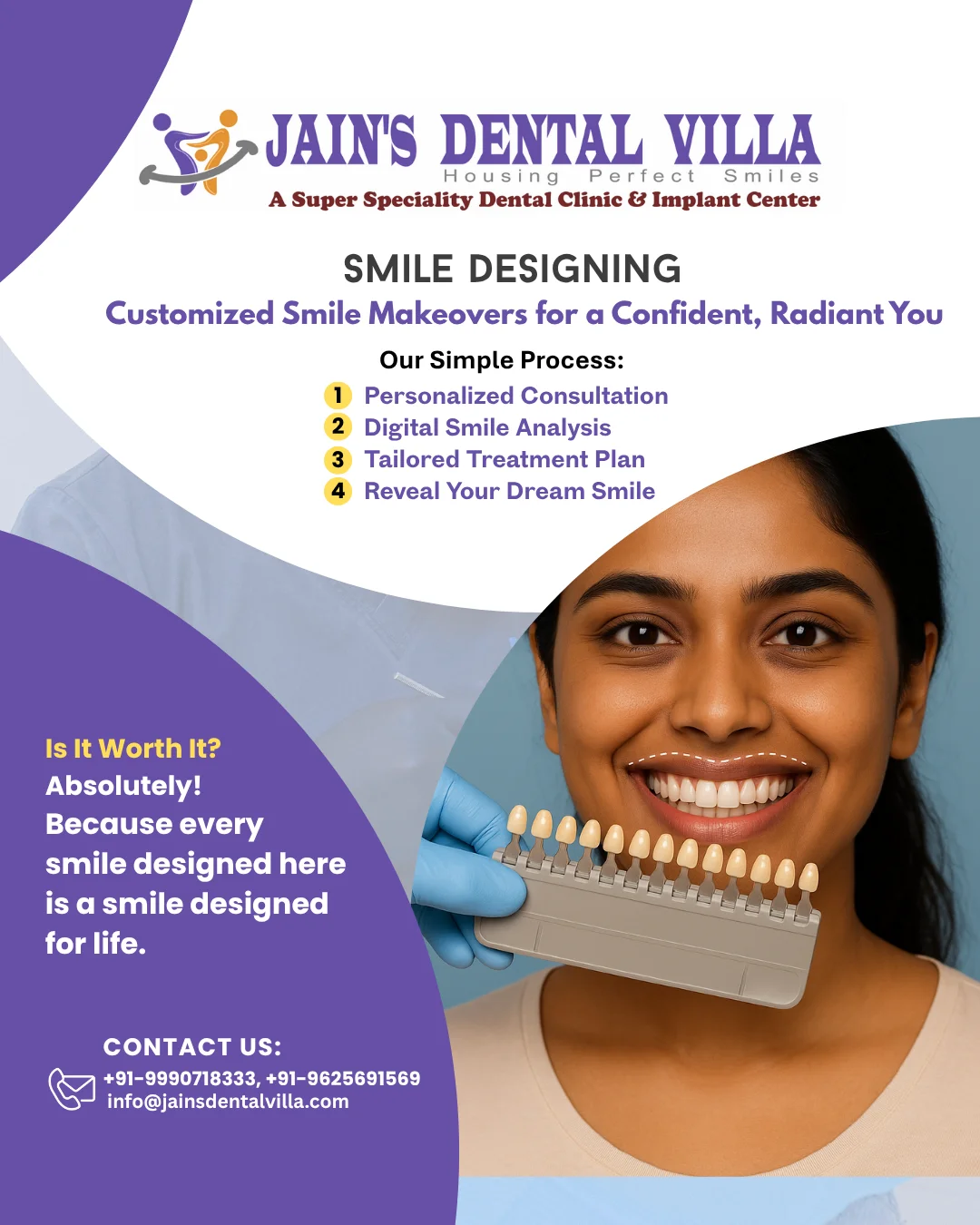
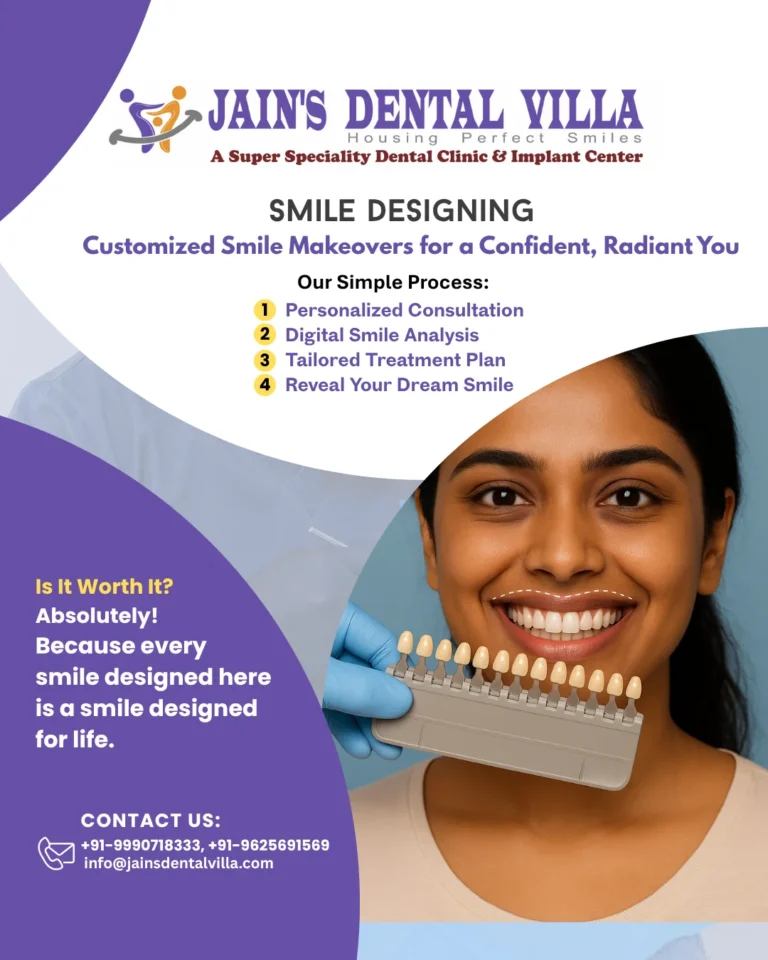
 Book your smile designing consultation today:
Book your smile designing consultation today: Contact Us or Call: +91-9871234567
Contact Us or Call: +91-9871234567